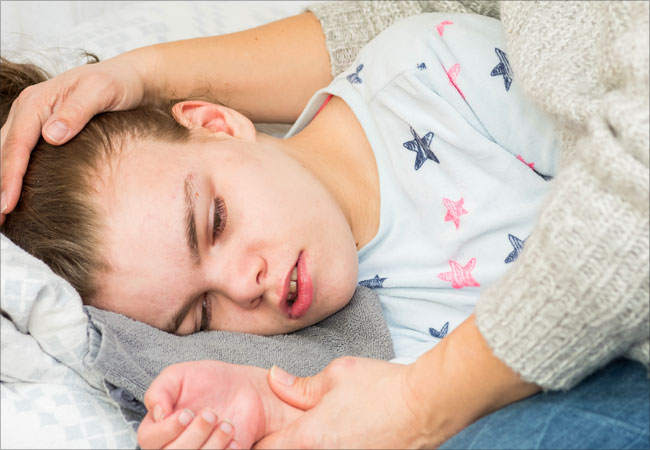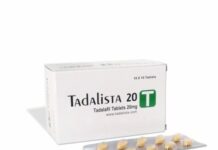Epilepsy is a brain condition which causes seizures in children. Irrespective of age and ethnic background, people all across the globe are affected by it and is one of the most common nervous disorders.
The brain is made up of nerve cells which communicate with each other through electrical signals. Whenever there is a surge of abnormal electrical levels which disrupts normal brain activity it results in a seizure. Such activity in the brain can also result from any of the following –
- High fever
- Drug withdrawal
- Brain concussion
- Low or high blood sugar
However, in cases where a child has more than two seizures and the causes are not known, it is termed as epilepsy.
Seizures are categorised based on the following factors –
- The part of the brain affected
- The area of the brain which has been affected, and
- The events which took place during the seizure
Depending on these factors, seizures can be categorised into the following categories which accordingly determines the best treatment for epilepsy –
- Focal/Partial Seizures
- Generalized Seizures
Let us now consider each of these in detail.
Focal (Partial) Seizures
These kinds of seizures take place when an abnormal brain function takes place in multiple areas of the brain. Before such seizures take place, a child can have feelings of impending fear, euphoria, changes in hearing, smell and sight.
Focal seizures are of two types –
- Simple focal seizure – This mostly takes places in those areas of the brain which are involved with vision and movement. Thus, such a seizure can alter vision or lose movement in various parts of the body
- Complex focal seizure – This seizure affects those areas of the brain which control emotions. Such a seizure leads to altered consciousness and a wide range of unusual behaviours such as crying, screaming, running, laughing etc.
Generalized Seizures
This seizure occurs on both sides of the brain and the kid experiencing it loses consciousness and feels tired after the episode. This seizure has been divided into four parts which are as follows –
- Absence seizure – Also known by the petit mal seizure, it leads to change in consciousness and staring. During the episode, the child will maintain posture but the mouth and eyes may twitch. It lasts no more than thirty seconds and the child is not able to recall what happened during that time. Such seizures can happen several times during the day and mostly takes place in children between the ages of four and twelve.
- Atonic seizure – In this seizure, the following symptoms are observed child suddenly loses muscle tone, fall from standing position, become limp and unresponsive, or suddenly drop their head.
- Generalized tonic-clonic seizure – Also known as grand cal seizure, it has five phases – arms and legs flex, then extend, followed by tremor, and finally contraction and relaxation. The child may have problems with vision and speech or experience headache, body aches, and fatigue. However, all these phases do not occur in everyone who experiences such a seizure.
- Myoclonic seizure – This seizure causes jerking or quick movement of muscles. It can take place several times during the same day for several days in a row.







